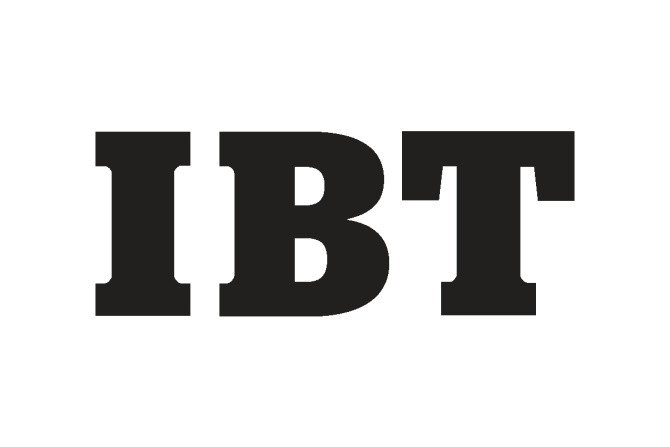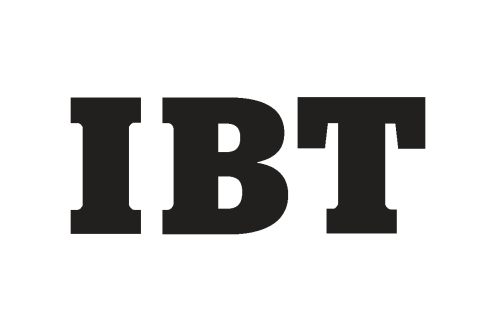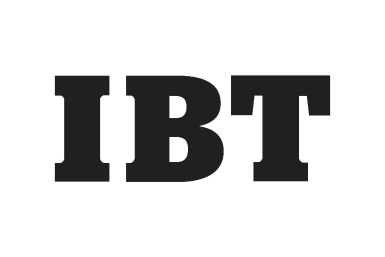The Federal Reserve offered a more upbeat view of the U.S. economy and employment prospects on Wednesday, even as it left interest rates on hold near zero and promised to keep them low for an extended period.
The People's Bank of China must choose between preserving domestic price stability and defending the yuan's fixed exchange rate as it is not possible to hit both targets at once, an adviser to the central bank said on Sunday.
Inflationary expectations are on the rise in China even though inflation itself remains mild, a senior government researcher said on Saturday.
The number of U.S. workers filing new claims for jobless aid fell last week as the labor market gradually heals, while producer price data showed inflation is muted despite a surge in food costs last month.
The number of U.S. workers filing new claims for jobless aid fell last week as the labor market gradually heals and producer price data showed inflation remained muted despite a surge in food costs last month.
The number of U.S. workers filing new claims for jobless aid fell last week as the labor market gradually heals and producer price data showed inflation remained muted, despite a surge in food costs last month.
U.S. producer prices rose more than expected in March on strong consumer food and gasoline costs, but a small gain in the core measure pointed to tame underlying inflation, a government report showed on Thursday.
The number of workers filing new applications for jobless aid fell last week as the labor market gradually improves, while producer price data showed inflation remained muted, despite a surge in food prices last month.
The Australian Dollar opens lower (0.9260) this morning weighed down by little movement in global equity markets last night and further Greek Sovereign debit worries.
The Australian Dollar opens higher today at 0.9310 after receiving a boost yesterday from the release of the Reserve Bank of Australia (RBA) April 6 board meeting minutes.
Asian stocks rebounded on Tuesday, a day after suffering their biggest percentage fall in 10 weeks, as Citigroup's best results since 2007 raised investor optimism about earnings growth.
Asian stocks rebounded on Tuesday, a day after suffering their biggest percentage fall in 10 weeks, as Citigroup's best results since 2007 raised investor optimism about corporate earnings and risk aversion receded.
For U.S. industrial companies, this quarter's earnings season could bring the first concrete evidence an awaited economic recovery has arrived.
The high U.S. jobless rate and low inflation mean the Federal Reserve will likely keep its near-zero interest-rate policy in place for quite some time, a top Fed official said on Monday.
U.S. stocks will likely hit major speed bumps this week as the bears step up pressure following fraud charges against Goldman Sachs and earnings will need to clear a high bar to give Wall Street a reprieve.
China's cabinet on Saturday laid out further detailed measures for keeping the property sector in check, empowering and ordering local governments to take steps to control speculative buying.
The U.S. central bank's withdrawal of extraordinary monetary stimulus for the economy should be done as deliberately as possible, a senior Federal Reserve official said on Friday.
U.S. consumer sentiment took a surprise negative turn in early April due to a persistently grim outlook on income and jobs, a private survey released on Friday showed.
China chalked up unexpectedly strong annual growth of 11.9 percent in the first quarter, prompting renewed calls for tighter policies to prevent the economy from overheating and stoking speculation of when Beijing will loosen its grip on the yuan.
China chalked up unexpectedly strong annual growth of 11.9 percent in the first quarter, prompting renewed calls for tighter policies to prevent the economy from overheating and stoking speculation on when it will loosen its tight grip on the yuan.
U.S. consumer prices rose 0.1 percent in March, a government report showed on Wednesday, matching economists' expectations for a tame reading and giving the Federal Reserve leeway to maintain ultra-low interest rates.
Sales at U.S. retailers rose more strongly than expected in March, pointing to a broadening of the manufacturing-led economic recovery as inflation pressures remained muted.


















